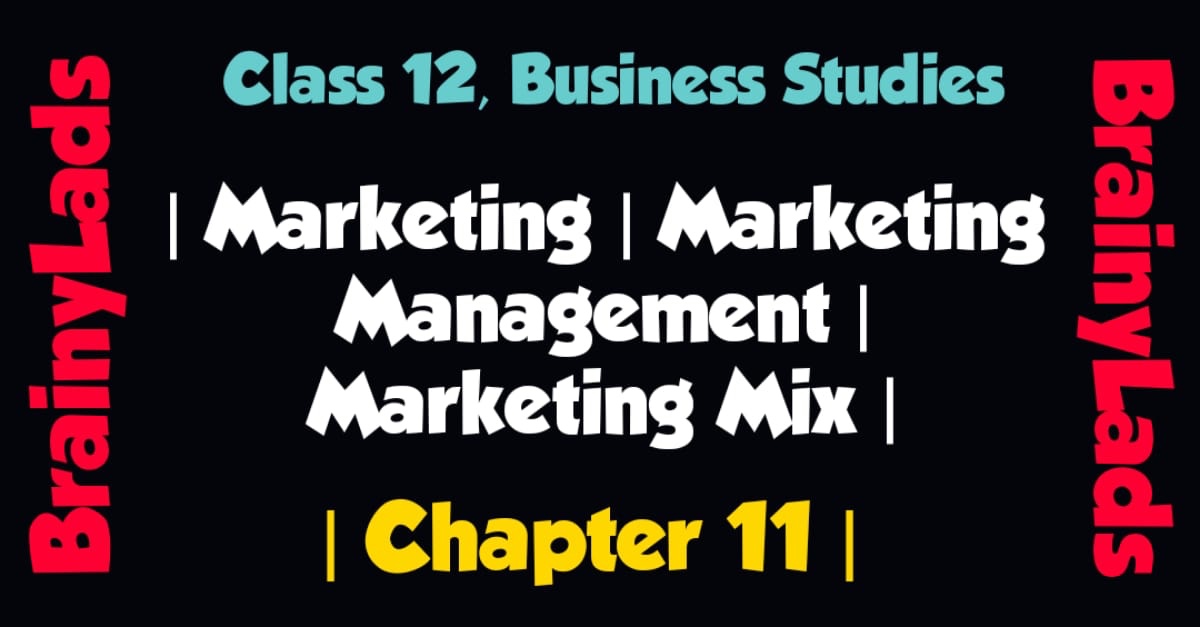Staffing Class 12 | Process | Recruitment | Selection | Training |
Table of Contents
Staffing Class 12 | Process | Recruitment | Selection | Training |
Meaning and Concept of Staffing
Staffing Class 12 : Staffing means filling or appointing competent person as per the importance of the post and keeping that post filled with skilled people.
When a manager performs staffing as the function of management in that case he plays the role of line manager wherein he fulfills the processes of recruitment, selection etc. and is directly responsible for the work done whereas when a manager performs staffing as a functional area of management in that case he plays the role of staff member wherein he gives advise to resolve the problem of employment in the organisation and is not responsible for the result of his suggestion.
Features of Staffing Class 12
- Related to Humans Resource: Staffing function shows the relationship with human resource which means under this all the activities done in an organisation are connected with human beings like recruitment, promotion etc.
- Related to Social Responsibility: Staffing deals with people (people are social animals) and it is the social responsibility of the organisation to fulfill all the responsibilities. Therefore, the organisation discharges its responsibility through this function.
- Staffing is All-pervasive: Every department and every post needs human resource to fulfill the objective to achieve the target. Therefore, staffing is performed at every level to fill and keep the post filled.
Significance of Staffing
- Increase in Performance: Through staffing, right person is appointed at right post which leads to increase in the level of competition. Therefore, competent person are appointed which results in increasing the efficiency of the employee thus increases the performance of the organisation.
- Discovering and Obtaining Competent Personnel: The processes of staffing like recruitment and selection enable an organisation to search and select a competent employee for different posts.
- Increase in Job Satisfaction: The processes of staffing like training and development increase the efficiency of the employee thus creating job satisfaction employee and boosts the morale of the employee.
Human Resource Management (HRM) – Concept
It is a wider term as compared to staffing because it itself include staffing, formulation personnel policies etc.
Activities Performed by HRM
- Process of Recruitment: Human resource management is that part of management which develops and manages the human resources of an organisation. It ensures maximum contribution by the employees to achieve the various goals.
- Expert Services: Human resource department provides services which requires special knowledge like job evaluation of employees, performance appraisal at the time of promotion etc.
- Defending in Law Suits: Human resource department enforces the provisions of the acts in the organisation which are formed by the government for the employees and workers such as; workmen compensation act, factories act etc.
- Handles Complaints: Human resource department acts as a cord between the employers and employees. Thus, it passes all the messages/ complaints of employers and employees.
- Develop Plans for Human Resource: Human resource department develops incentive policies for the human resource in an organisation and also gives suggestions regarding organisational structure.
Process of Staffing
- Estimating the Man-power Requirement: This is the first step wherein analysis about the requirement of the employees and present workforce in an organisation is estimated, these are called as work load analysis and work force analysis respectively.
- Recruitment: Under this step, a competent person is searched through various sources of recruitment like internal and external recruitment.
- Selection: Under this step, a person is screened on various basis and selected for the post in an organisation.
- Placement and Orientation: Under placement the person joins the post whereas under orientation a brief presentation about the organisation is given to the person.
- Training and Development: Under this step, training is given to the person which increases efficiency and effectiveness. As a result, it develops the value of the employee.
- Performance Appraisal: Under this step, the person’s capability of doing work is evaluated by comparing his actual work performance with the work assigned to him.
- Promotion and Career Planning: Under this step, employees get promoted to higher level on the basis of their capability.
- Compensation: Under this step, compensation of an employee is fixed for the contribution made by him which can be of two type i.e. Direct financial payment, under which wages, salary, incentives are given to employee on the basis of time and performance and Indirect financial payments, under which insurance, medical benefits, vacations are provided free of cost.
Recruitment – Meaning, Type and Process
Recruitment refers to the process of searching for prospective employees to fill different vacant posts in an organisation and convincing them to apply for the job. Under this, more and more people are convinced to apply for the job due to which the process of recruitment is called a positive process.
Sources or Types of Recruitment
- Internal Recruitment Source: It refers to inviting those candidates to fill up the vacancies who are within the organisation. It includes
- Transfer: Under this, an employee is transferred from the surplus department to the shortage department on the same post.
- Promotion: Under this, an employee from lower rank is appointed for the upper rank which results in the increment of salary, status and responsibility.
- Lay-off: Under this, an employee is temporarily separated from employer with a promise of recalling when the work is available.
Merits of Internal Recruitment Sources
- Increase in motivation
- Most Economical source
- Easy to select
- No need for induction
Demerits of Internal Recruitment Sources
- Employees become lazy
- Sense of competition may effect negatively
- Frequent transfer decreases productivity
- External Recruitment Sources: It refers to inviting those candidates to fill up the vacancies who are outside the organisation. It includes
- Direct Recruitment: Under this, vacant post is filled by putting up notice on the factory gate on daily-wage basis. This types of recruitment is for unskilled workers.
- Telecasting: Under this, information about the vacant post and other information is telecasted.
- Web Publishing: Under this, information about the vacant post and other information is published on special websites through internet.
- Media Advertisement: Under this, people are invited through advertisement in newspapers, televisions and magazines etc.
- Placement Agency: Under this, vacant post is filled giving information about the post to agencies which are established by private individuals.
- Labour Contractors: Under this, vacant post is filled by contracting with the labour contractor.
- Casual Caller: Under this, vacant post is filled through the maintained database of un-called applications.
- Recommendations: Under this, applicant gets job through recommendation.
- Campus Recruitment: Under this, companies recruit fresh talent through placement cell of the campus.
Merits of External Recruitment Sources
- Employer have wider choice
- Fresh talent gets job
- Increase in competition spirit
Demerits of External Recruitment Sources
- Dis-satisfaction among existing employees
- Lengthy and costly process
- Selection may turn wrong
Process of Recruitment
- Requisition of Employees: Under this step, requirement of number of employees in each department and information about the vacant post is given to personnel manager through requisition slip.
- Identification of the Source of Recruitment: Under this step, the best alternative is chosen by the manager which is beneficial for the organisation.
- Invitation to Interested People: Invitation is given to the interested candidates for different posts.
- Preparing list of Deserving Candidates: A verification of all the candidates who have applied for the job is checked and a list is prepared.
Selection – Meaning, Concept and Process
Selection refers to the process of checking or screening of the various applicants by means of various tests so that Most appropriate employee is hired for the job. Under this, more and more applicants are tested and rejected due to which the process of selection is called Negative process.
Process of Selection
- Preliminary Screening: Under this, the applications which are received during recruitment process are scrutinised and information about the salary, promotion, duration is shared with the candidate. It further includes preliminary interview in which the mental and physical mindset of the candidate is checked and filling up the blank application form in which different blanks are filled by the candidate.
- Selection Test: Different tests are taken by organisations to check the ability and skill through Proficiency test, psychological test and other tests.
- Employment Interview: A final interview is taken in two stages. In first stage, personnel managers collect information about the candidate whereas on the second stage, departmental managers collect information about the skills on the nature of work.
- Reference and Background Checks: After succession of interview, reference is collected about the candidate from the person whose name is written in the reference column.
- Selection Decision: The final decision about the selection is made in which the personnel manager concerns about the post from departmental manager.
- Medical Examination: After succession of all the above steps, a medical test is conducted to check the excessive expenditure by organisation on treatment of candidate.
- Job Offer: An appointment letter is given to the candidate which consists of date of joining and other necessary details.
- Contract of Employment: After acceptance of the offer, various documents are signed by the candidate for the contract of employment between employer and employee.
Training and Development- Meaning, features, Importance and Method
Training refers to the process of development of particular skill so that an employee can easily, correctly, efficiently and conscientiously do his job. In other words, when efforts are made to make an employee expert in his field so that he can develop more skills.
Features of Training
- Expenditure is Investment, not Expenditure: The expenditure done by employer is a kind of investment as after getting training an employee becomes more expert in his field of work by which the efficiency of the worker increases.
- Benefits for both Employee and Organisation: By getting training, the value of employee increases and can do his work more efficiently than other employees.
- Training and Development are Different: Development aims at overall increase in the knowledge and skills of a person in all fields whereas training aims at increase in knowledge and skills of a person related to some specific job.
- Training and Education are Different: Training aims at increase in knowledge and skills of a person related to some specific job whereas education aims at getting theoretical or general knowledge and understanding.
Importance of Training
- Importance to Organisation
- Increase in Economical Source
- Improvement in Quality
- Reduction in Labour Turnover Rate
- Importance to Employee
- Increase in Efficiency
- Decrease in Accidents
- Satisfaction of Job
Methods of Training
- On-the-Job Training: It refers to the method of training in which an employee gets training while doing his job side-by-side and this method applies within the workplace. It includes:
- Induction Training: Acquisition of knowledge by a newly appointed employee.
- Apprenticeship Training: When trainee is put under the guidance of skilled worker or expert.
- Internship Training: When education and training is imparted jointly.
- Off-the-Job Training: It refers to the method of training in which an employee gets training after which he is put to work and this method applies away from the workplace. It includes:
- Vestibule Training: When separate training centers are set-up for the newly employed person.
We would love your reading of the other chapters given below.
|
|
# Staffing Class 12 Notes
Do share the post if you liked Staffing Class 12. For more updates, subscribe to our website Brainylads


